Travel: Five stunning UNESCO sites that tell Germany's history
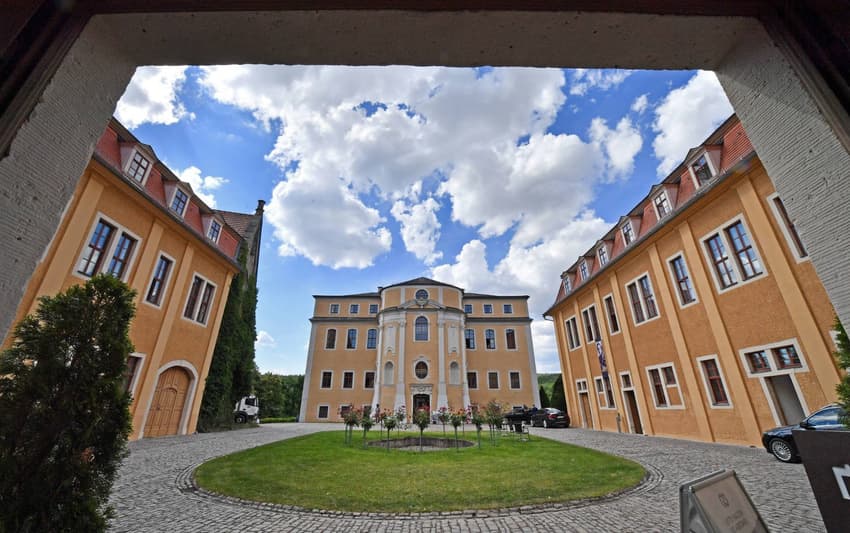
Germany is home to some 46 UNESCO World Heritage Sites, encompassing millions of years of history. Here are five of our favourites, with an overview of what there is to enjoy.
The Frontiers of the Roman Empire
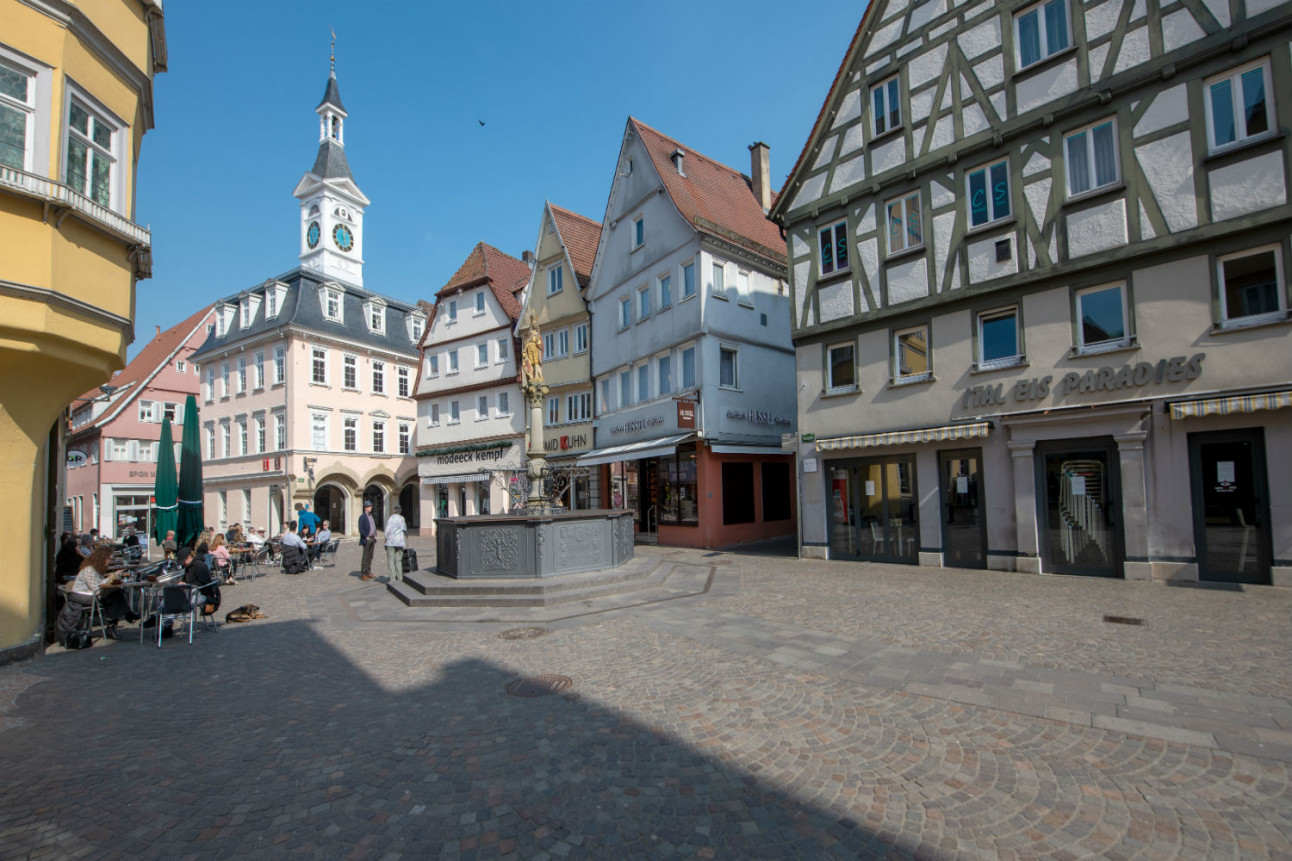
Aalen's Altstadt (old town) at the beginning of March. Photo: DPA
Let’s get this largest site out of the way first. Rome’s former border with the ‘barbarians’ constitutes hundreds of kilometres of earthworks, former guard towers and forts, and was added to the UNESCO register in 1987.
Existing for around three hundred years, this ‘Limes’ acted as a bulwark against tribal incursions, and an effective means of taxing trade.
Stretching across the states of Rheinland-Palatinate, Hesse, Baden-Württemberg and Bavaria, these sites are perfect for the age of social distancing - you can clamber around mostly-outdoor remains of these sites without having to queue or maintain distance from others.
Of special interest is the reconstructed Saalburg fort, near Bad Homburg in Hessen, and the fort at Aalen, in Baden-Württemberg, said to be the largest Roman military encampment north of the Alps.
Town of Bamberg
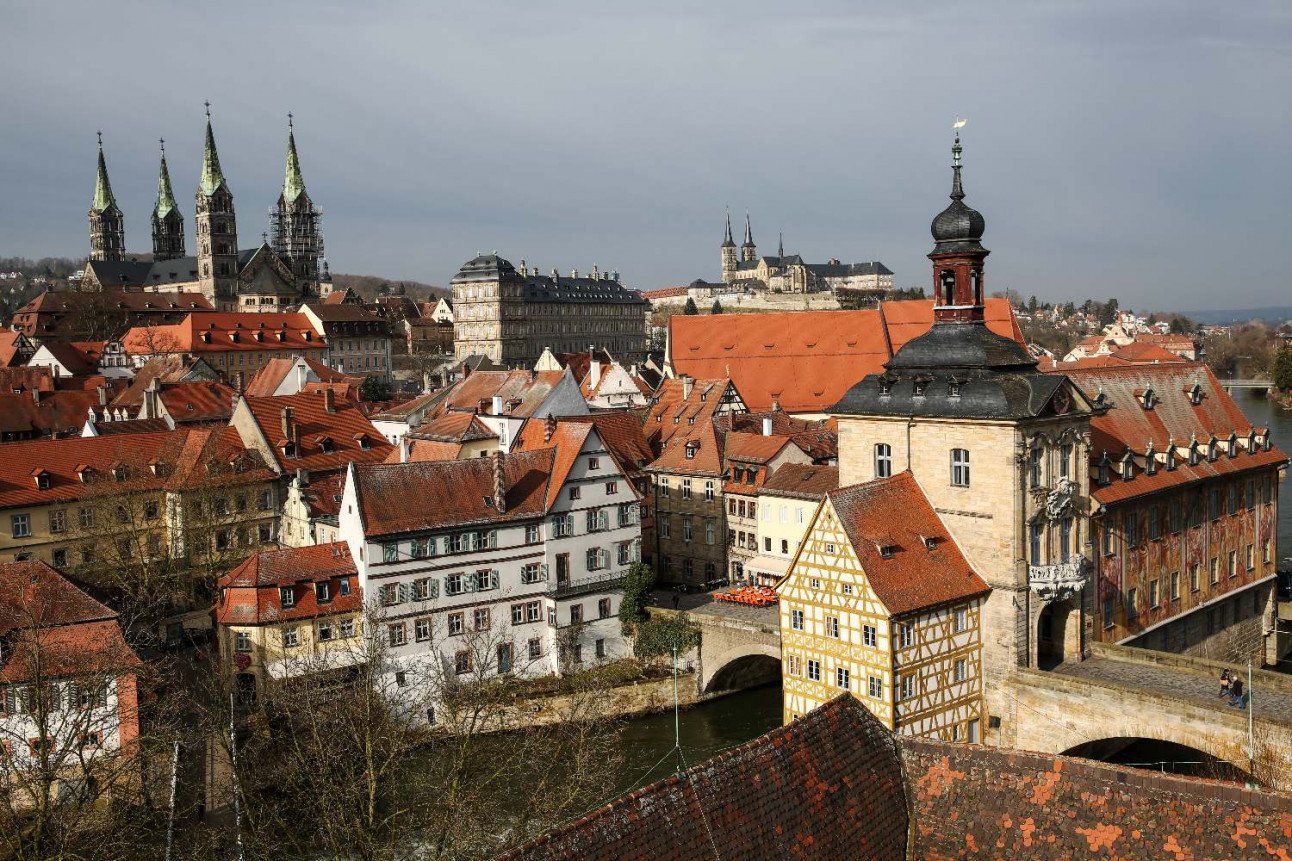
Bamberg's 'Altstadt'. Photo: DPA
The old city centre of Bamberg, the seat of a powerful medieval bishopric and former imperial city, was added to the UNESCO register in 1993.
Filled with a beautiful ensemble of half-timbered buildings, baroque statues and grand stone edifices, this area retains a thick atmosphere of hundreds of years of history, encompassing the royal game of thrones, the rise of powerful merchant families and the horrors of the 17th century witch panics.
READ ALSO: Weekend Wanderlust: Sipping smoked beer and soaking up culture in beautiful Bamberg
While you’re there, visit one of the venerable breweries that have plied their trade for centuries and try the ‘Rauchbier’ - beer made from smoked barley, with a singularly unique taste!
Caves & Ice Age Art in the Swabian Jura
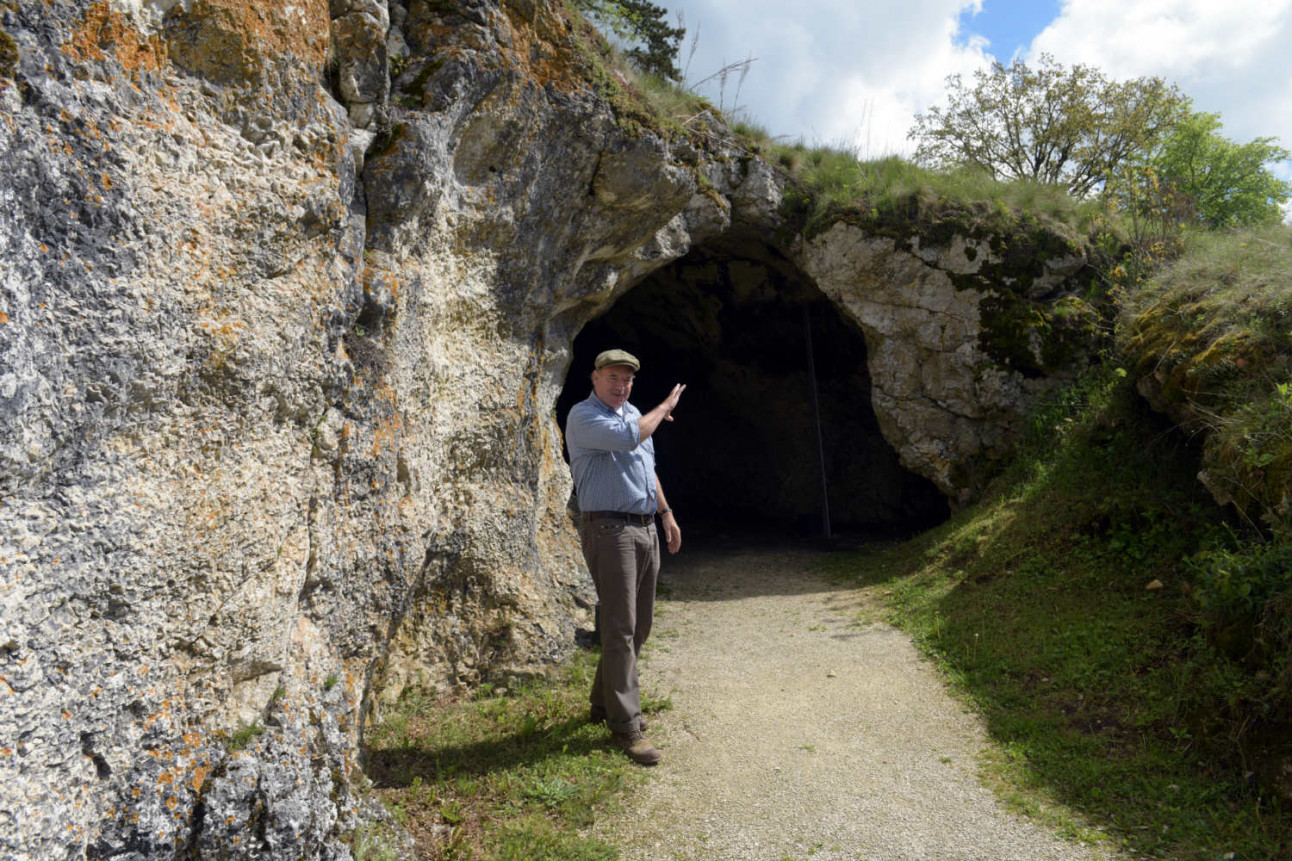
A local guide shows visitors one of the caves of the Vogelherd. Photo: DPA
You can’t get much more (pre)historic than this. Germany’s newest UNESCO World Heritage site, added in 2017, constitutes a large part of the Swabian Jura, and the caves where some of the earliest artworks ever created by man have been discovered.
The caves of Hohle Fels and Brillenhöhle, Vogelherd, Geißenklösterle and Hohlenstein-Stadel have all revealed spectacular Ice Age carvings of animals, and even an exaggerated female figure known as the ‘Venus of Hohle Fels’. Close to this figure, a flute was found that's made from buzzard bone - the earliest musical instrument ever found.
Those wishing to see these artefacts can do so at URMU in Blaubeuren, and for an experience of Ice Age life, a visit to the Archaeopark Vogelherd can’t be beat.
READ ALSO: Why the town of Blaubeeren has Germany's bluest water
Maulbronn Monastery Complex
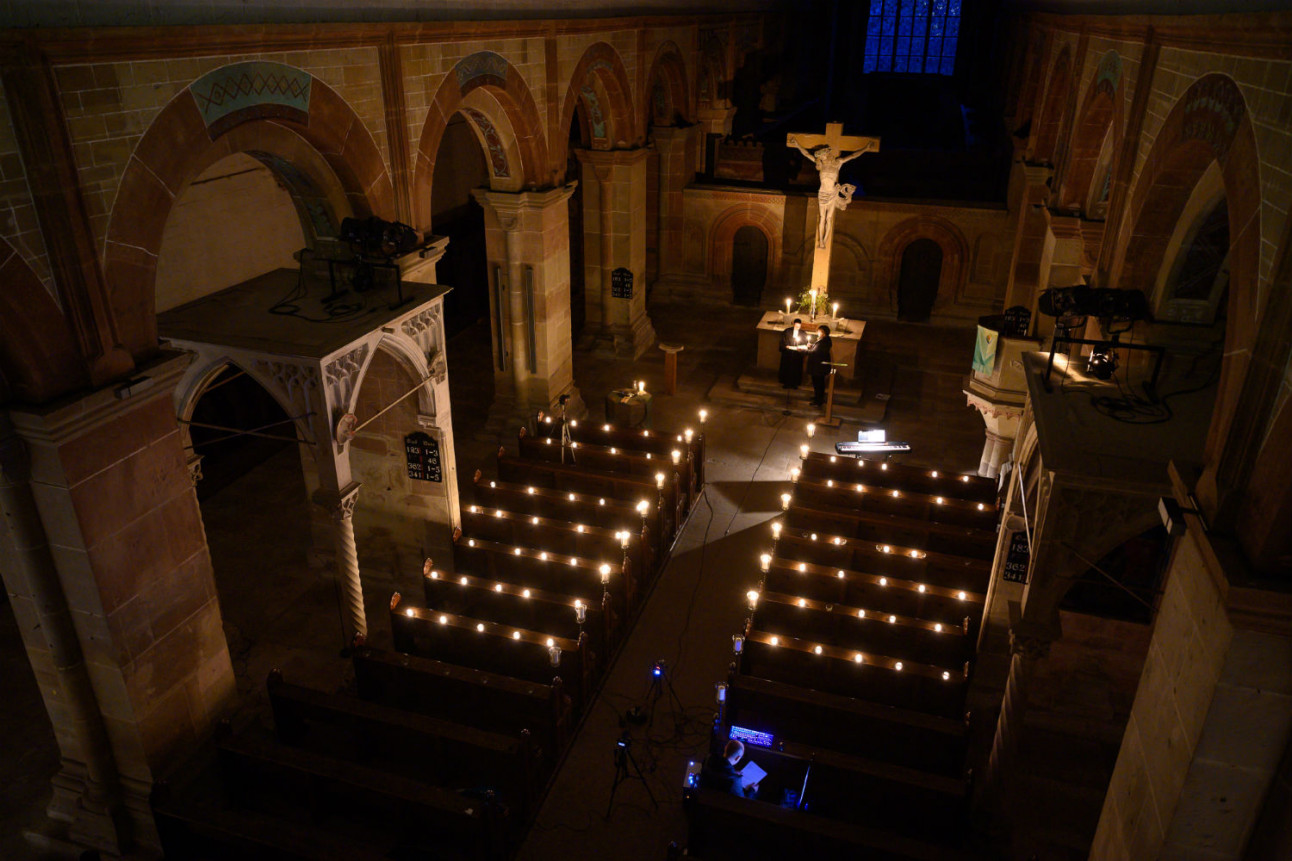
The Maulbronn complex set up for a service before Easter. Photo: DPA
The Cisterican monastery complex at Maulbronn in Baden-Württemberg may just be one of the world’s best preserved monastic foundations, and was added to the UNESCO register in 1993.
Built in a Gothic style, the monastery has endured relatively free of the destruction visited upon many European sites, giving the visitor a unique glimpse into the lives of medieval monks.
READ ALSO: Maulbronn's magnificent monestary complex
Also of interest are the elaborate earthworks and engineering used to bring fresh water into the monastery complex. If that’s not enough to tempt you, Maulbronn is said to be the home of the ‘Maultaschen’, a Swabian delicacy not unlike an oversized pork ravioli.
A number of restaurants throughout the town (enclosed within the monastery walls) claim to serve the most authentic version of the dish.
Classical Weimar
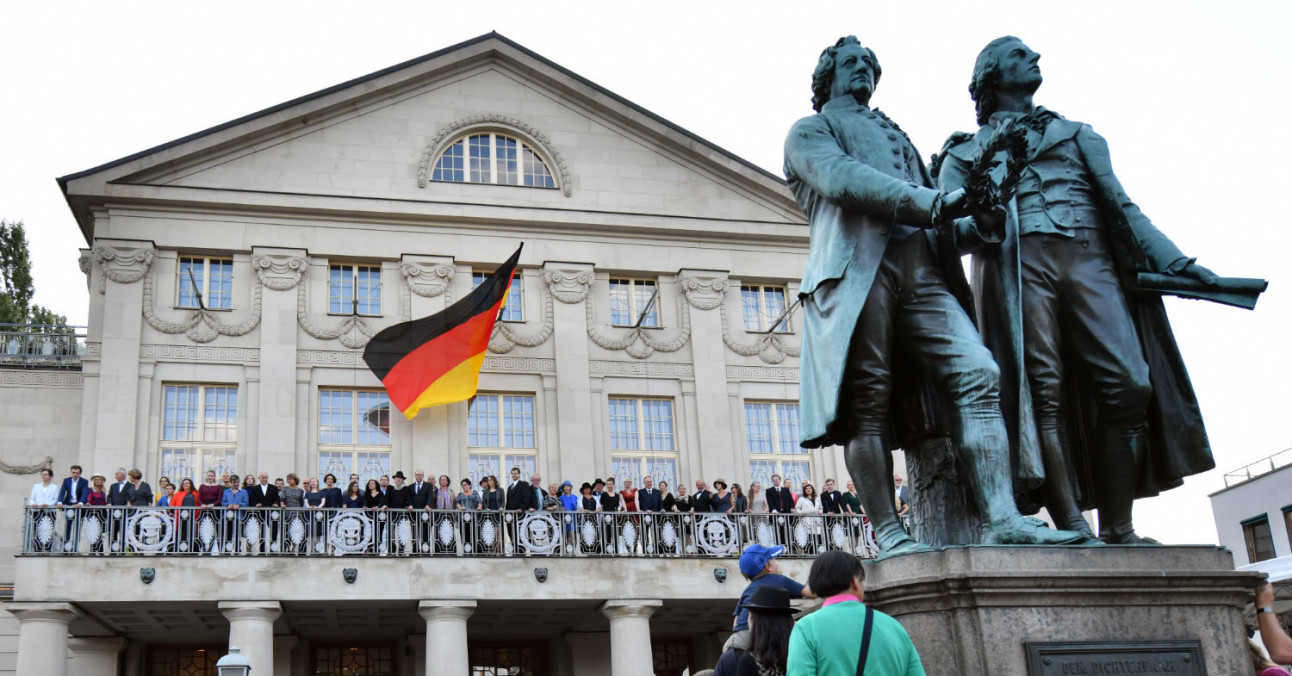
The 'Theaterplatz' in Weimar with a monument of Schiller and Goethe. Photo: DPA
In the 18th and 19th centuries , Weimar was considered the intellectual heart of what would become Germany - frequented by literary giants such as Goethe and Schiller, as well as musical geniuses like Beethoven.
READ ALSO: From Bauhaus to botany, discovering German culture in Weimar
Alongside this intellectual eruption came a beautification of the city centre that mirrors the genius present. Added to the UNESCO register in 1998, the city centre of Weimar is now a wonderful place to stroll, taking in the grandeur of the so-called ‘Age of Enlightenment’.
Comments
See Also
The Frontiers of the Roman Empire

Aalen's Altstadt (old town) at the beginning of March. Photo: DPA
Let’s get this largest site out of the way first. Rome’s former border with the ‘barbarians’ constitutes hundreds of kilometres of earthworks, former guard towers and forts, and was added to the UNESCO register in 1987.
Existing for around three hundred years, this ‘Limes’ acted as a bulwark against tribal incursions, and an effective means of taxing trade.
Stretching across the states of Rheinland-Palatinate, Hesse, Baden-Württemberg and Bavaria, these sites are perfect for the age of social distancing - you can clamber around mostly-outdoor remains of these sites without having to queue or maintain distance from others.
Of special interest is the reconstructed Saalburg fort, near Bad Homburg in Hessen, and the fort at Aalen, in Baden-Württemberg, said to be the largest Roman military encampment north of the Alps.
Town of Bamberg

Bamberg's 'Altstadt'. Photo: DPA
The old city centre of Bamberg, the seat of a powerful medieval bishopric and former imperial city, was added to the UNESCO register in 1993.
Filled with a beautiful ensemble of half-timbered buildings, baroque statues and grand stone edifices, this area retains a thick atmosphere of hundreds of years of history, encompassing the royal game of thrones, the rise of powerful merchant families and the horrors of the 17th century witch panics.
READ ALSO: Weekend Wanderlust: Sipping smoked beer and soaking up culture in beautiful Bamberg
While you’re there, visit one of the venerable breweries that have plied their trade for centuries and try the ‘Rauchbier’ - beer made from smoked barley, with a singularly unique taste!
Caves & Ice Age Art in the Swabian Jura

A local guide shows visitors one of the caves of the Vogelherd. Photo: DPA
You can’t get much more (pre)historic than this. Germany’s newest UNESCO World Heritage site, added in 2017, constitutes a large part of the Swabian Jura, and the caves where some of the earliest artworks ever created by man have been discovered.
The caves of Hohle Fels and Brillenhöhle, Vogelherd, Geißenklösterle and Hohlenstein-Stadel have all revealed spectacular Ice Age carvings of animals, and even an exaggerated female figure known as the ‘Venus of Hohle Fels’. Close to this figure, a flute was found that's made from buzzard bone - the earliest musical instrument ever found.
Those wishing to see these artefacts can do so at URMU in Blaubeuren, and for an experience of Ice Age life, a visit to the Archaeopark Vogelherd can’t be beat.
READ ALSO: Why the town of Blaubeeren has Germany's bluest water
Maulbronn Monastery Complex

The Maulbronn complex set up for a service before Easter. Photo: DPA
The Cisterican monastery complex at Maulbronn in Baden-Württemberg may just be one of the world’s best preserved monastic foundations, and was added to the UNESCO register in 1993.
Built in a Gothic style, the monastery has endured relatively free of the destruction visited upon many European sites, giving the visitor a unique glimpse into the lives of medieval monks.
READ ALSO: Maulbronn's magnificent monestary complex
Also of interest are the elaborate earthworks and engineering used to bring fresh water into the monastery complex. If that’s not enough to tempt you, Maulbronn is said to be the home of the ‘Maultaschen’, a Swabian delicacy not unlike an oversized pork ravioli.
A number of restaurants throughout the town (enclosed within the monastery walls) claim to serve the most authentic version of the dish.
Classical Weimar

The 'Theaterplatz' in Weimar with a monument of Schiller and Goethe. Photo: DPA
In the 18th and 19th centuries , Weimar was considered the intellectual heart of what would become Germany - frequented by literary giants such as Goethe and Schiller, as well as musical geniuses like Beethoven.
READ ALSO: From Bauhaus to botany, discovering German culture in Weimar
Alongside this intellectual eruption came a beautification of the city centre that mirrors the genius present. Added to the UNESCO register in 1998, the city centre of Weimar is now a wonderful place to stroll, taking in the grandeur of the so-called ‘Age of Enlightenment’.
Join the conversation in our comments section below. Share your own views and experience and if you have a question or suggestion for our journalists then email us at [email protected].
Please keep comments civil, constructive and on topic – and make sure to read our terms of use before getting involved.
Please log in here to leave a comment.